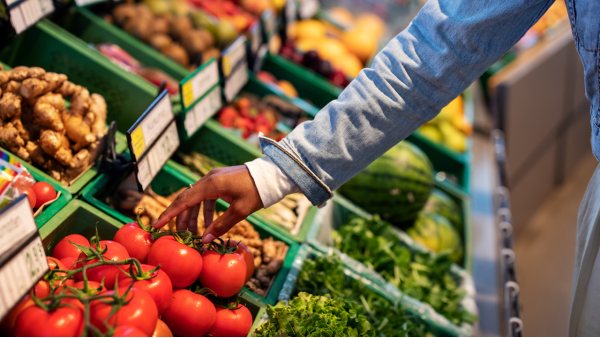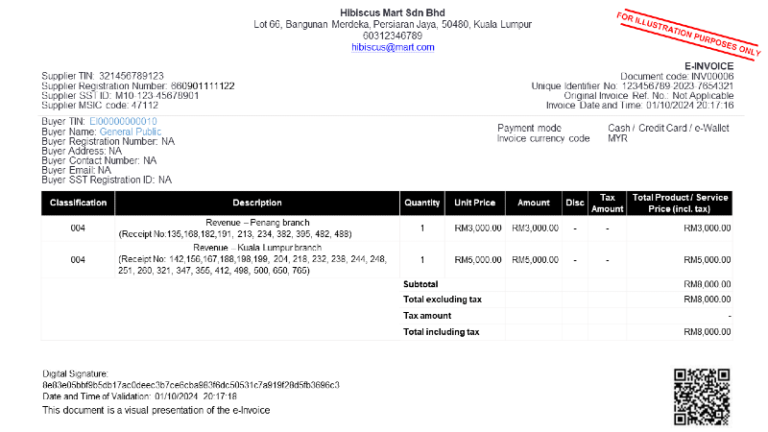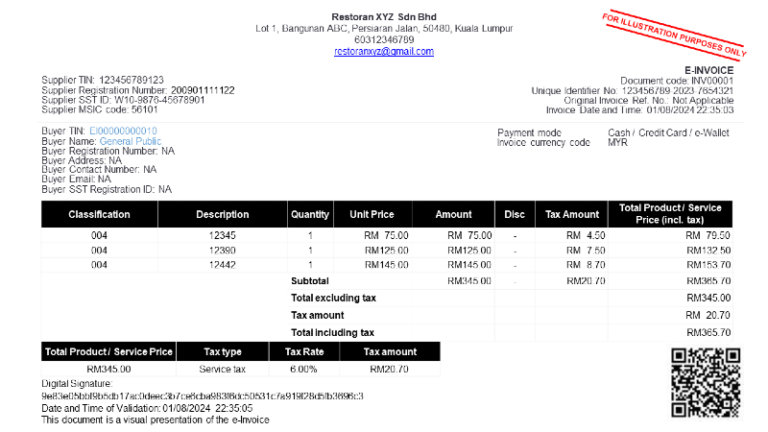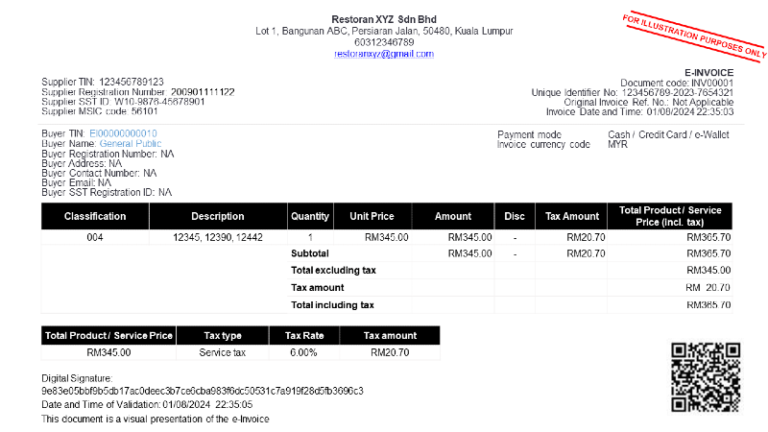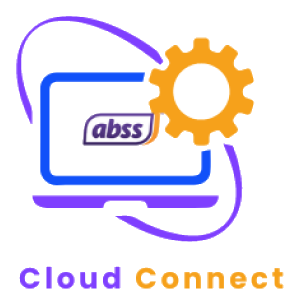Business to consumer or B2C transactions, require a different process for submitting e-Invoices.
These type of transactions are, more often than not, in high traffic, high volume environments.
For example, in a supermarket, there will be a queue at the checkout counter, and it would slow down the checkout process considerably to issue e-Invoices to each buyer.
Also, not all buyers will require an e-Invoice, as a majority of purchases would be for personal consumption and not a business expense.
For example, a consumer who buys groceries from a supermarket will not need an e-Invoice because it does not represent a business expense.
Keep in mind that one of the objectives in implementing e-Invoicing is proof of business expense for tax purposes.
An e-Invoice is required if the purchase is a business expense.
Businesses in this category are not required to submit an e-Invoice to LHDN for validation at the time of sale, and the seller can issue their usual invoice or receipt instead.
However, they will be required to submit consolidated e-Invoices.
What is a consolidated e-Invoice?
A consolidated e-Invoice is a summary of all invoices and receipts that a business has issued during the month.
Consolidated e-invoices are required to be submitted to LHDN within seven calendar days from the end of each month.
Below are examples of consolidated e-Invoices as provided by LHDN.
These consolidated e-Invoices would primarily be generated and submitted through your point of sales system.
What if a buyer requires an e-Invoice?
A buyer can request for an e-Invoice from the seller if the purchase is for a business expense.
An example of this could be for the purchase of stationery, refreshments for the office, etc.
In cases like this, the buyer can request for an e-Invoice either at the time of sale or anytime after that within the same month.
If the buyer makes a request, the seller is obliged to provide an e-Invoice to the buyer
Suggested ways to provide the e-Invoice include:
- Setup a separate customer service counter to generate and provide the e-Invoice.
- Setup a web portal or develop a mobile app that allows the consumer to generate the e-Invoice.
If an e-Invoice is generated and issued to a buyer, it should be excluded from the list of transactions that is submitted in the consolidated e-Invoice for the month.
Exceptions to the rule
Consolidated e-Invoicing does not apply to the following business categories:
- Automotive
- Aviation
- Luxury goods, including jewelry
- Construction
- Wholesale and retail of construction materials
- Licensed gaming and betting outlets
- Agents, dealers and distributors
Businesses in these categories will need to issue an e-Invoice at the time of sale.
ABSS Connect
e-Invoice compliant accounting solutions
Need more information?

